Introduction
Dividend investing is a tried-and-true method for generating passive income by investing in companies that share a portion of their profits with shareholders. These dividends are typically distributed on a regular schedule, making them an attractive option for investors looking for predictable returns. While quarterly dividends are the most common payout schedule, monthly dividends offer a unique alternative that can provide enhanced financial flexibility. For those prioritizing cash flow, this approach may align better with personal budgeting needs or income planning.
Monthly dividends differ from quarterly dividends in their frequency, with payouts occurring every month instead of every three months. This shift can appeal to investors who rely on their dividend income to cover recurring expenses or who prefer a more consistent flow of cash. While quarterly dividends remain a popular choice, monthly dividends have carved out a niche among income-focused investors, offering a level of convenience and predictability that cannot be overlooked.
What Are Monthly Dividends?
Monthly dividends are payments made to shareholders every month by companies or funds that have adopted this payout schedule. They are often viewed as a practical solution for individuals seeking regular income without waiting for longer intervals between payouts. These dividends work just like their quarterly counterparts—shareholders receive a portion of the company’s profits based on the number of shares they hold. However, the monthly schedule makes them particularly advantageous for income stability.
Certain types of companies and funds are more likely to offer monthly dividends. Real Estate Investment Trusts (REITs), utilities, and business development companies (BDCs) are known to provide such frequent payouts. In addition, specialized Exchange-Traded Funds (ETFs) focused on high-yield investments often include monthly dividend options. These companies and funds cater to investors who value steady cash flow over capital gains, creating opportunities for regular income generation while diversifying portfolios.
The Benefits of Monthly Dividends
One of the key advantages of monthly dividends is the steady income stream they provide. For retirees or individuals who rely on investments to cover day-to-day expenses, having regular cash flow is invaluable. Monthly dividends align well with recurring financial obligations like bills, rent, or groceries, ensuring a consistent and predictable income source that can be crucial for maintaining financial stability.
Monthly dividends also offer reinvestment opportunities that lead to faster compounding. With more frequent payouts, investors can reinvest their earnings sooner, potentially increasing the overall growth of their portfolio over time. This quicker reinvestment cycle appeals to those who prioritize long-term financial growth alongside consistent income.
Additionally, monthly dividends simplify budget planning by allowing investors to match their income with their monthly expenses. Compared to quarterly payouts, monthly dividends provide a smoother and more practical approach to financial management. This convenience makes them particularly attractive to individuals who value synchronization between their investment returns and their everyday spending habits.
The Downsides of Monthly Dividends
Despite their benefits, monthly dividends come with certain drawbacks that investors should consider. One such downside is their potential to limit growth reinvestment within companies. Companies offering frequent high payouts may reduce the capital available for business expansion or innovation, potentially impacting their long-term growth prospects. This trade-off might not appeal to investors looking for higher capital appreciation.
Another consideration is the higher expense ratios often associated with some monthly dividend ETFs. These additional costs can erode the overall returns and make monthly dividends less appealing to those focused on maximizing portfolio efficiency. Investors should carefully assess the expense ratios before committing to monthly dividend-focused funds.
Frequent payouts also carry tax implications. Depending on an investor’s country and tax bracket, monthly dividends can create complexities in tax filing and potentially result in higher tax liabilities compared to quarterly payouts. Understanding the tax consequences is essential to avoid surprises and ensure the investment strategy aligns with broader financial goals.
Monthly Dividends vs. Quarterly Dividends
When comparing monthly dividends to quarterly dividends, one of the most notable differences lies in the frequency of cash flow. Monthly dividends offer a steady, predictable income stream, ideal for investors who rely on payouts to cover recurring expenses. In contrast, quarterly dividends deliver larger lump sums every three months, which can be advantageous for those who prefer less frequent financial management. The compounding effect also differs between the two; monthly dividends allow for faster reinvestment cycles, which could lead to enhanced portfolio growth over time compared to quarterly payouts.
The decision between monthly and quarterly dividends often depends on an investor's personal circumstances. Retirees or individuals needing regular income tend to benefit more from monthly dividends due to their alignment with day-to-day financial needs. Meanwhile, quarterly dividends are often preferred by investors with a longer-term focus who may find the larger payouts easier to reinvest strategically. Understanding these key differences is essential in tailoring a dividend investment strategy to individual goals and financial situations.
Are Monthly Dividends Worth It for You?
Determining whether monthly dividends are worth it depends on your investment goals. If you're focused on generating reliable income, monthly dividends are an attractive choice. They provide consistent payouts that can complement retirement planning or supplement other income sources. On the other hand, if growth is your primary objective, you might favor companies or funds with reinvestment-driven strategies, even if they offer quarterly dividends instead.
Risk tolerance and portfolio diversity are also critical factors to consider. Monthly dividends may expose investors to certain risks, such as lower company reinvestment for growth. Diversifying with a mix of dividend-paying stocks, funds, and growth-oriented assets can help mitigate potential downsides. For example, a retiree seeking consistent income and budgeting flexibility might benefit from a portfolio that includes monthly dividend stocks, while a younger investor prioritizing growth may opt for quarterly dividends combined with other growth-focused investments.
How to Start Investing in Monthly Dividends
To begin investing in monthly dividends, it's crucial to select reliable dividend-paying stocks or ETFs. Focus on companies with a history of consistent payouts, as this indicates financial stability and a commitment to shareholders. Additionally, consider diversifying across sectors to reduce risk. Exchange-Traded Funds (ETFs) can be an excellent choice for new investors, as they offer instant diversification and are often designed with a focus on income generation.
Researching payout consistency and sustainability is key to making informed decisions. Look for companies or funds with a long track record of stable or growing dividend payments. This often reflects sound financial management and a sustainable business model. Be wary of unusually high dividend yields, as they can sometimes signal underlying financial instability. Instead, prioritize businesses with a balance between profitability and growth potential.
To keep track of your monthly dividend payments, consider using investment tracking tools or portfolio management apps. Platforms like Morningstar, Seeking Alpha, or dedicated brokerage tools often allow you to monitor dividend schedules and assess payment histories. These tools can simplify tracking your investments and ensure you stay on top of your cash flow, reinvestment opportunities, and overall portfolio performance.
Conclusion
Monthly dividends offer a steady income stream, faster compounding opportunities, and budgeting flexibility, making them appealing to many income-focused investors. However, it's important to weigh the potential downsides, such as lower growth reinvestment and tax implications, to see if they align with your financial goals.
Evaluating your individual investment objectives is crucial when determining whether monthly dividends are right for you. Consider whether your focus is on consistent income, long-term portfolio growth, or a mix of both. Align your investment strategy with your personal goals, risk tolerance, and time horizon to make the most of your financial planning.
Balancing income and growth strategies is the key to building a sustainable portfolio. For some, monthly dividends can play a vital role in achieving financial stability, while others may find quarterly dividends or growth-oriented investments more suitable. By carefully assessing your needs and planning accordingly, you can create an investment strategy tailored to your unique situation.
Would you like further assistance refining or expanding this content? Let me know!
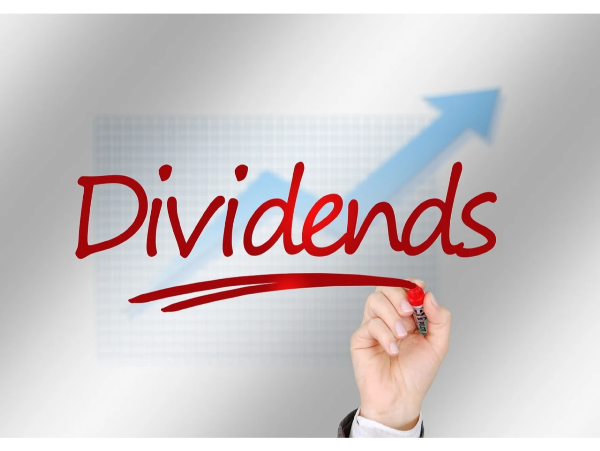




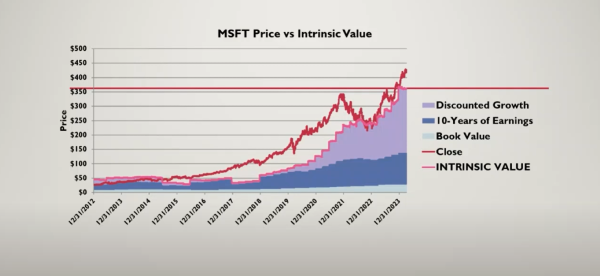

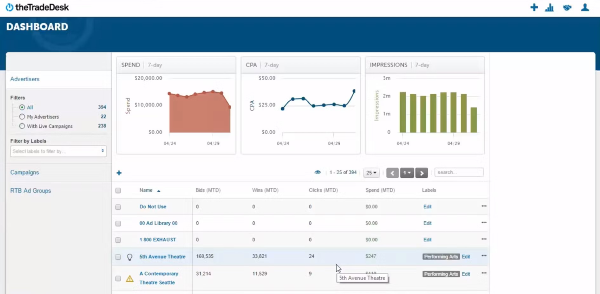


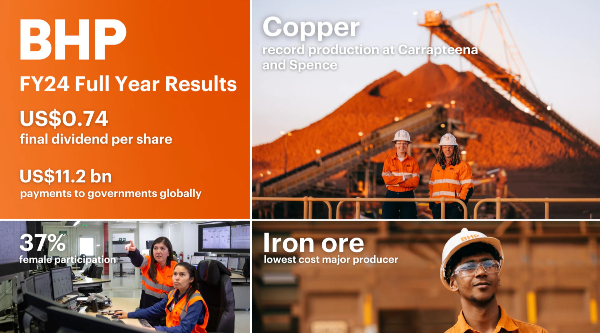




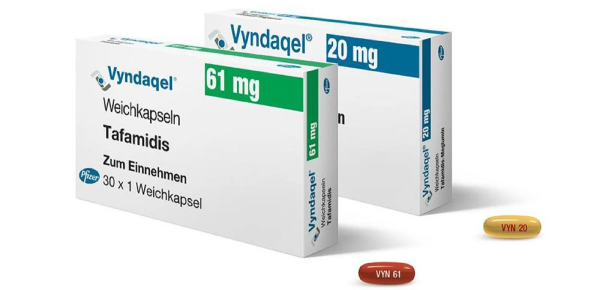















Introduction
Dividend investing is a tried-and-true method for generating passive income by investing in companies that share a portion of their profits with shareholders. These dividends are typically distributed on a regular schedule, making them an attractive option for investors looking for predictable returns. While quarterly dividends are the most common payout schedule, monthly dividends offer a unique alternative that can provide enhanced financial flexibility. For those prioritizing cash flow, this approach may align better with personal budgeting needs or income planning. Monthly dividends differ from quarterly dividends in their frequency, with payouts occurring every month instead of every three months. This shift can appeal to investors who rely on their dividend income to cover recurring expenses or who prefer a more consistent flow of cash. While quarterly dividends remain a popular choice, monthly dividends have carved out a niche among income-focused investors, offering a level of convenience and predictability that cannot be overlooked.
What Are Monthly Dividends?
Monthly dividends are payments made to shareholders every month by companies or funds that have adopted this payout schedule. They are often viewed as a practical solution for individuals seeking regular income without waiting for longer intervals between payouts. These dividends work just like their quarterly counterparts—shareholders receive a portion of the company’s profits based on the number of shares they hold. However, the monthly schedule makes them particularly advantageous for income stability. Certain types of companies and funds are more likely to offer monthly dividends. Real Estate Investment Trusts (REITs), utilities, and business development companies (BDCs) are known to provide such frequent payouts. In addition, specialized Exchange-Traded Funds (ETFs) focused on high-yield investments often include monthly dividend options. These companies and funds cater to investors who value steady cash flow over capital gains, creating opportunities for regular income generation while diversifying portfolios.
The Benefits of Monthly Dividends
One of the key advantages of monthly dividends is the steady income stream they provide. For retirees or individuals who rely on investments to cover day-to-day expenses, having regular cash flow is invaluable. Monthly dividends align well with recurring financial obligations like bills, rent, or groceries, ensuring a consistent and predictable income source that can be crucial for maintaining financial stability. Monthly dividends also offer reinvestment opportunities that lead to faster compounding. With more frequent payouts, investors can reinvest their earnings sooner, potentially increasing the overall growth of their portfolio over time. This quicker reinvestment cycle appeals to those who prioritize long-term financial growth alongside consistent income. Additionally, monthly dividends simplify budget planning by allowing investors to match their income with their monthly expenses. Compared to quarterly payouts, monthly dividends provide a smoother and more practical approach to financial management. This convenience makes them particularly attractive to individuals who value synchronization between their investment returns and their everyday spending habits.
The Downsides of Monthly Dividends
Despite their benefits, monthly dividends come with certain drawbacks that investors should consider. One such downside is their potential to limit growth reinvestment within companies. Companies offering frequent high payouts may reduce the capital available for business expansion or innovation, potentially impacting their long-term growth prospects. This trade-off might not appeal to investors looking for higher capital appreciation. Another consideration is the higher expense ratios often associated with some monthly dividend ETFs. These additional costs can erode the overall returns and make monthly dividends less appealing to those focused on maximizing portfolio efficiency. Investors should carefully assess the expense ratios before committing to monthly dividend-focused funds. Frequent payouts also carry tax implications. Depending on an investor’s country and tax bracket, monthly dividends can create complexities in tax filing and potentially result in higher tax liabilities compared to quarterly payouts. Understanding the tax consequences is essential to avoid surprises and ensure the investment strategy aligns with broader financial goals.
Monthly Dividends vs. Quarterly Dividends
When comparing monthly dividends to quarterly dividends, one of the most notable differences lies in the frequency of cash flow. Monthly dividends offer a steady, predictable income stream, ideal for investors who rely on payouts to cover recurring expenses. In contrast, quarterly dividends deliver larger lump sums every three months, which can be advantageous for those who prefer less frequent financial management. The compounding effect also differs between the two; monthly dividends allow for faster reinvestment cycles, which could lead to enhanced portfolio growth over time compared to quarterly payouts. The decision between monthly and quarterly dividends often depends on an investor's personal circumstances. Retirees or individuals needing regular income tend to benefit more from monthly dividends due to their alignment with day-to-day financial needs. Meanwhile, quarterly dividends are often preferred by investors with a longer-term focus who may find the larger payouts easier to reinvest strategically. Understanding these key differences is essential in tailoring a dividend investment strategy to individual goals and financial situations.
Are Monthly Dividends Worth It for You?
Determining whether monthly dividends are worth it depends on your investment goals. If you're focused on generating reliable income, monthly dividends are an attractive choice. They provide consistent payouts that can complement retirement planning or supplement other income sources. On the other hand, if growth is your primary objective, you might favor companies or funds with reinvestment-driven strategies, even if they offer quarterly dividends instead. Risk tolerance and portfolio diversity are also critical factors to consider. Monthly dividends may expose investors to certain risks, such as lower company reinvestment for growth. Diversifying with a mix of dividend-paying stocks, funds, and growth-oriented assets can help mitigate potential downsides. For example, a retiree seeking consistent income and budgeting flexibility might benefit from a portfolio that includes monthly dividend stocks, while a younger investor prioritizing growth may opt for quarterly dividends combined with other growth-focused investments.
How to Start Investing in Monthly Dividends
To begin investing in monthly dividends, it's crucial to select reliable dividend-paying stocks or ETFs. Focus on companies with a history of consistent payouts, as this indicates financial stability and a commitment to shareholders. Additionally, consider diversifying across sectors to reduce risk. Exchange-Traded Funds (ETFs) can be an excellent choice for new investors, as they offer instant diversification and are often designed with a focus on income generation.
Researching payout consistency and sustainability is key to making informed decisions. Look for companies or funds with a long track record of stable or growing dividend payments. This often reflects sound financial management and a sustainable business model. Be wary of unusually high dividend yields, as they can sometimes signal underlying financial instability. Instead, prioritize businesses with a balance between profitability and growth potential.
To keep track of your monthly dividend payments, consider using investment tracking tools or portfolio management apps. Platforms like Morningstar, Seeking Alpha, or dedicated brokerage tools often allow you to monitor dividend schedules and assess payment histories. These tools can simplify tracking your investments and ensure you stay on top of your cash flow, reinvestment opportunities, and overall portfolio performance.
Conclusion
Monthly dividends offer a steady income stream, faster compounding opportunities, and budgeting flexibility, making them appealing to many income-focused investors. However, it's important to weigh the potential downsides, such as lower growth reinvestment and tax implications, to see if they align with your financial goals.
Evaluating your individual investment objectives is crucial when determining whether monthly dividends are right for you. Consider whether your focus is on consistent income, long-term portfolio growth, or a mix of both. Align your investment strategy with your personal goals, risk tolerance, and time horizon to make the most of your financial planning.
Balancing income and growth strategies is the key to building a sustainable portfolio. For some, monthly dividends can play a vital role in achieving financial stability, while others may find quarterly dividends or growth-oriented investments more suitable. By carefully assessing your needs and planning accordingly, you can create an investment strategy tailored to your unique situation.
Would you like further assistance refining or expanding this content? Let me know!